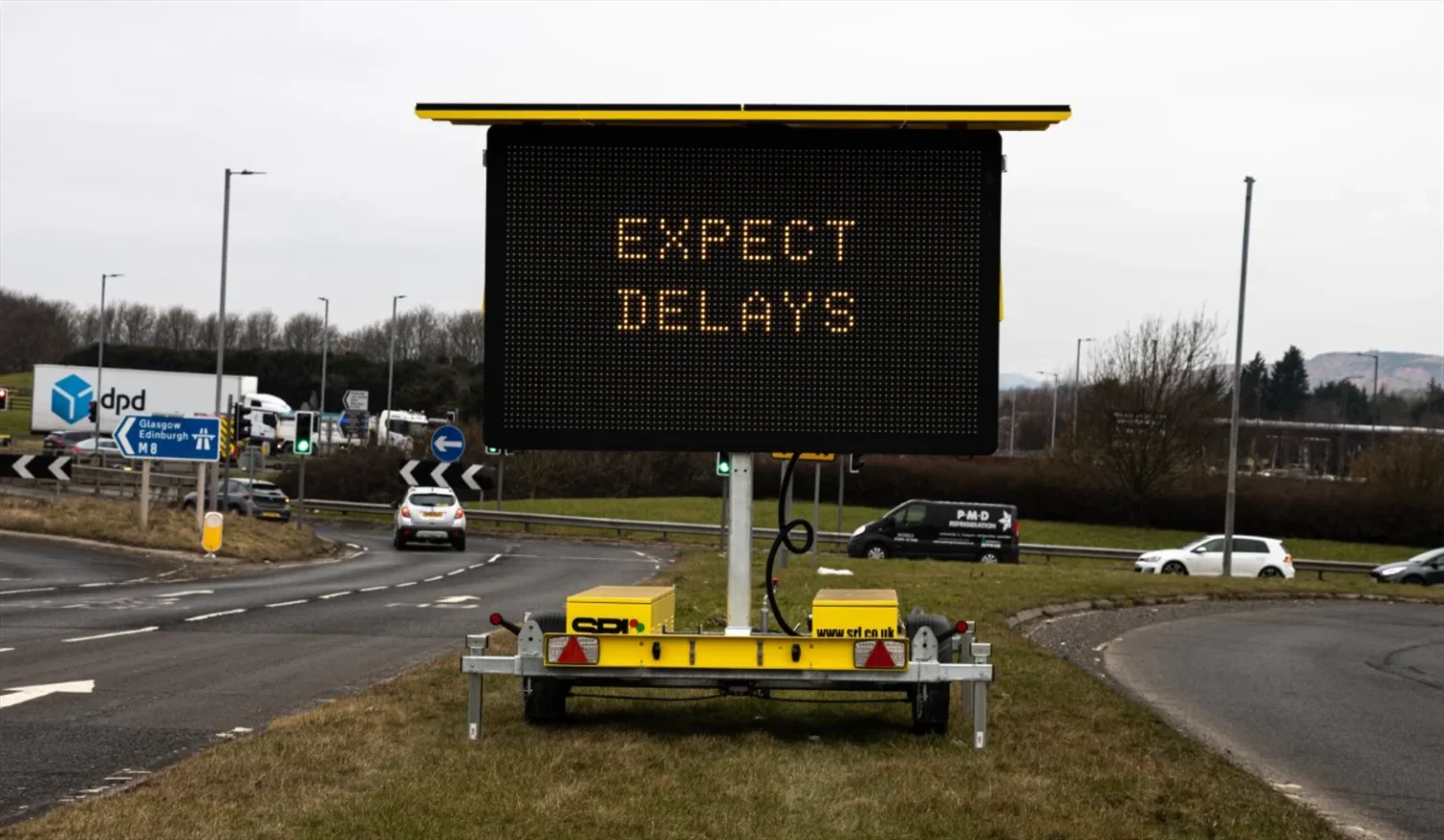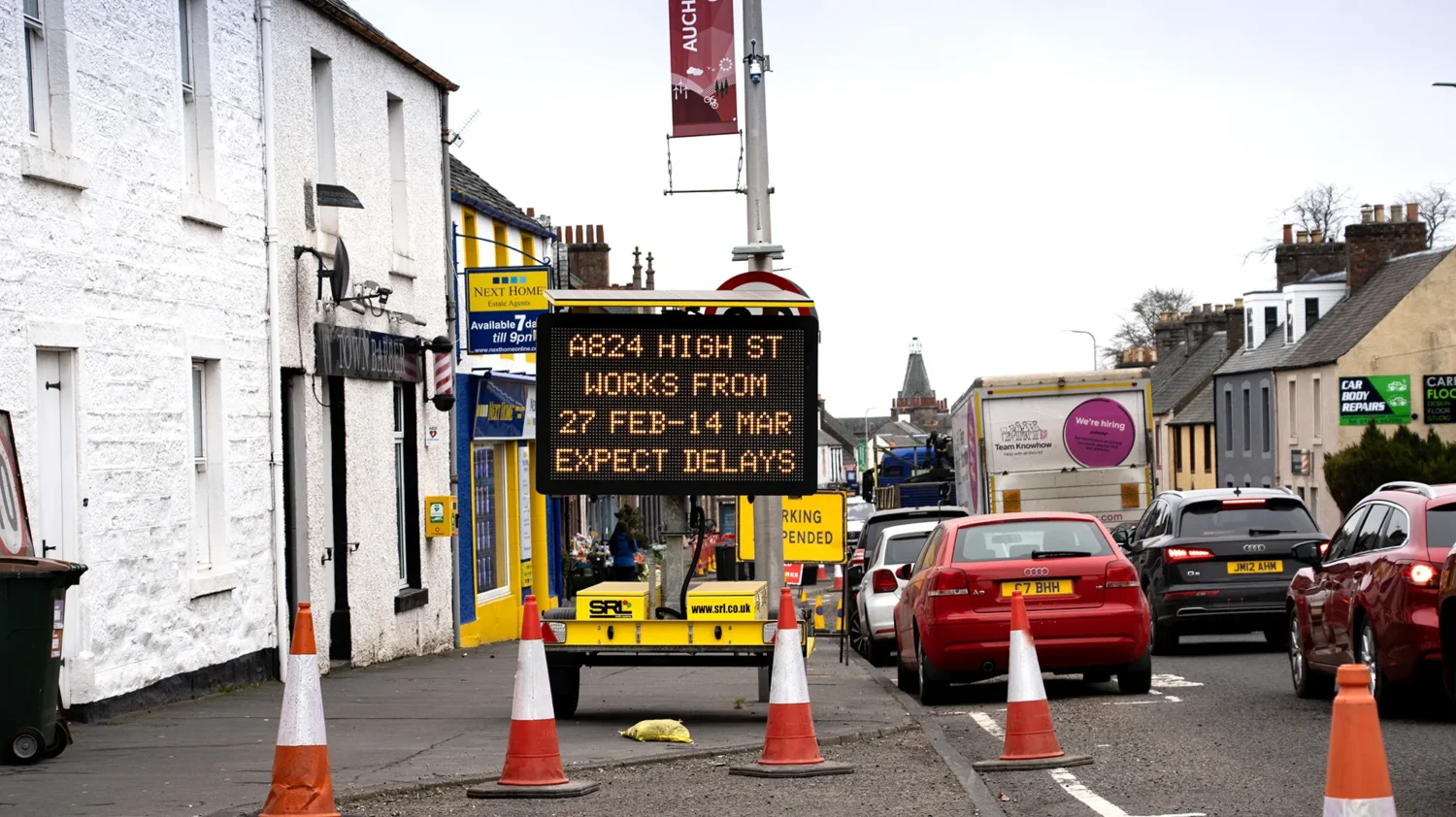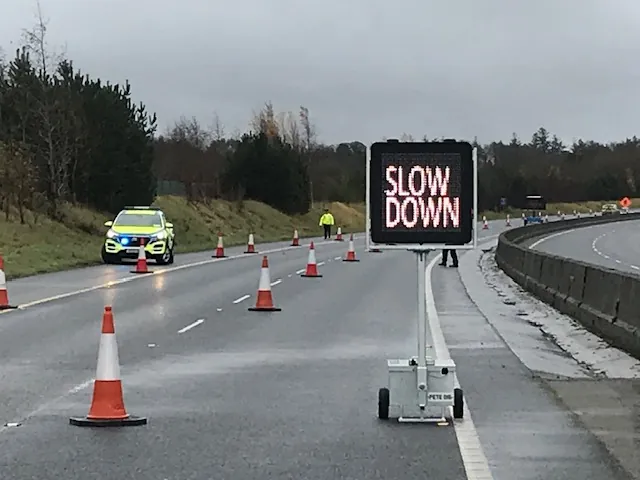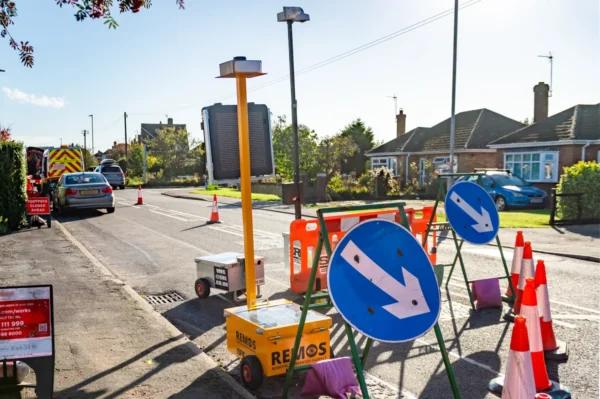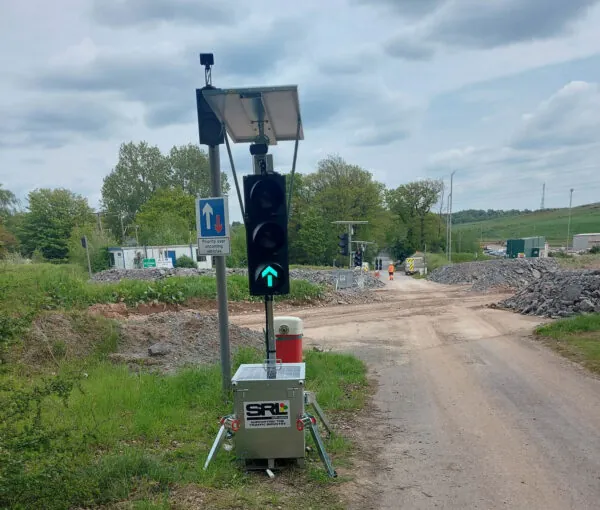In June, the transport secretary Heidi Alexander pledged a further £590m towards the long-delayed Lower Thames Crossing project. The six- to eight-year £9.2bn initiative set to commence in 2026 will be Britain’s biggest road-building scheme and will comprise more than 14 miles of roads. At the announcement, Alexander described the project as having been “stuck… in limbo for far too long”.
While no doubt appreciating the long-term benefits of the new road network, drivers in the vicinity will no doubt be dreading the start of the project, anticipating years of disruption that will all too often leave them too “stuck in limbo” as they try to get from A to B, uncertain of what’s happening and how best to proceed.
Promote Road User Experience
Road user experience is an ongoing concern for local authorities, highways agencies and traffic management organisations. Independent watchdog Transport Focus’ 2024-5 Strategic Roads User Survey 2024/5 recently presented worrying statistics demonstrating a fall in journey satisfaction from 71% in 2023-24 to only 69%.
The minimisation of disruption around roadworks is key to improving these statistics, and the integration of leading-edge mobile variable message signs (VMS) into traffic management strategies is one of how customers and end users can address this issue, providing drivers with accurate, real-time and targeted information that empowers them to make informed decisions about how best to adapt their journey plans.
Knowledge is Power
The trailer-mounted LED display boards provide road users with advance notice of works, allowing them plenty of time to prepare. Once work has begun, they alert road users to incidents or congestion ahead, display journey time data, and encourage route diversions, again providing the opportunity for drivers to make alternative plans. The efficient delivery of real-time data also serves to reduce the volume of traffic on the affected routes, minimising congestion and improving throughput.
Road traffic accidents compromise efficient traffic flow, and VMS systems may also be deployed to minimise these by effectively communicating dynamic messages regarding speed limits and safety reminders. Many smart messenger and speed messenger systems are capable of capturing speed data to encourage safer driving.
Most VMS solutions are solar-powered, remotely-managed and capable of dynamic content updates. When integrated with SRL’s Urban64 or portable UTMC, our Smart Messenger VMS can respond to changes in traffic flow, enabling authorities to adapt messages based on current conditions. For large-scale operations, options such as high speed smart messengers offer advanced responsiveness and control.
Make the Best Choice
There are a variety of factors to bear in mind when hiring a mobile VMS. Look for signs that:
- Exceed or comply with regulatory requirements for highways deployment, such as CE certification, BS EN 12966 compliance and TOPAS 2516D compliance.
- Incorporate leading-edge integration features, software and data logging capabilities.
- Offer supreme message clarity, via a high number of LEDs per unit, sufficient pixel dimensions, weatherproof screens and full colour.
- Capture individual vehicle speed data to help customers review speeds and driver behaviour to inform future traffic planning.
- Demonstrate a proven track record. Our VMS are designed for 24/7 operation.
When it comes to roadworks, as far as drivers are concerned, knowledge really is power. The integration of the right VMS into your traffic management strategy provides road users with the information they need to understand what’s happening and to make the best journey decisions, minimises congestion and increases satisfaction.
To learn more about how SRL’s VMS can help you, please get in touch with our team today or call us on 0808 2818 775.
